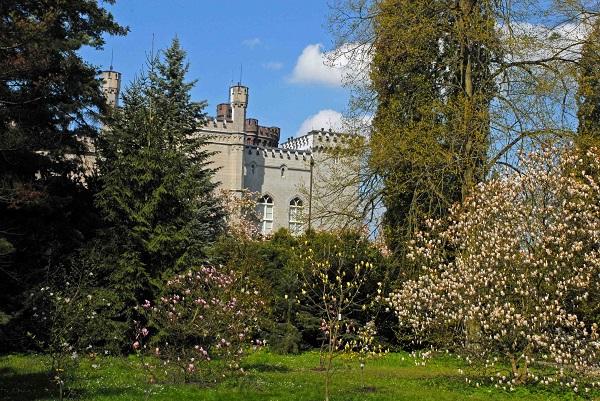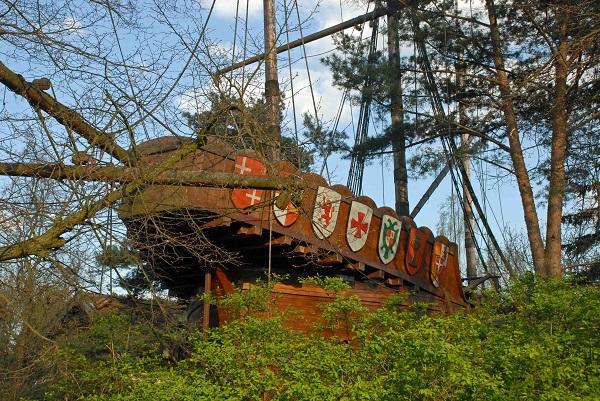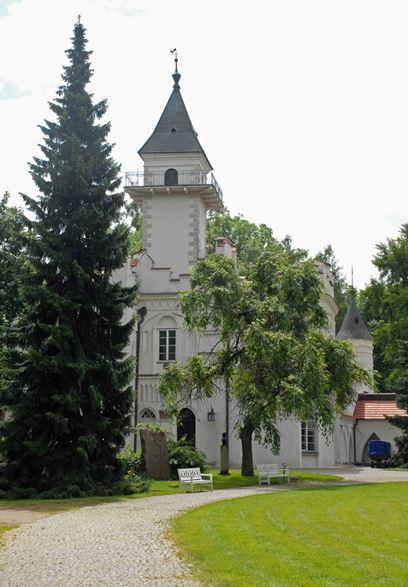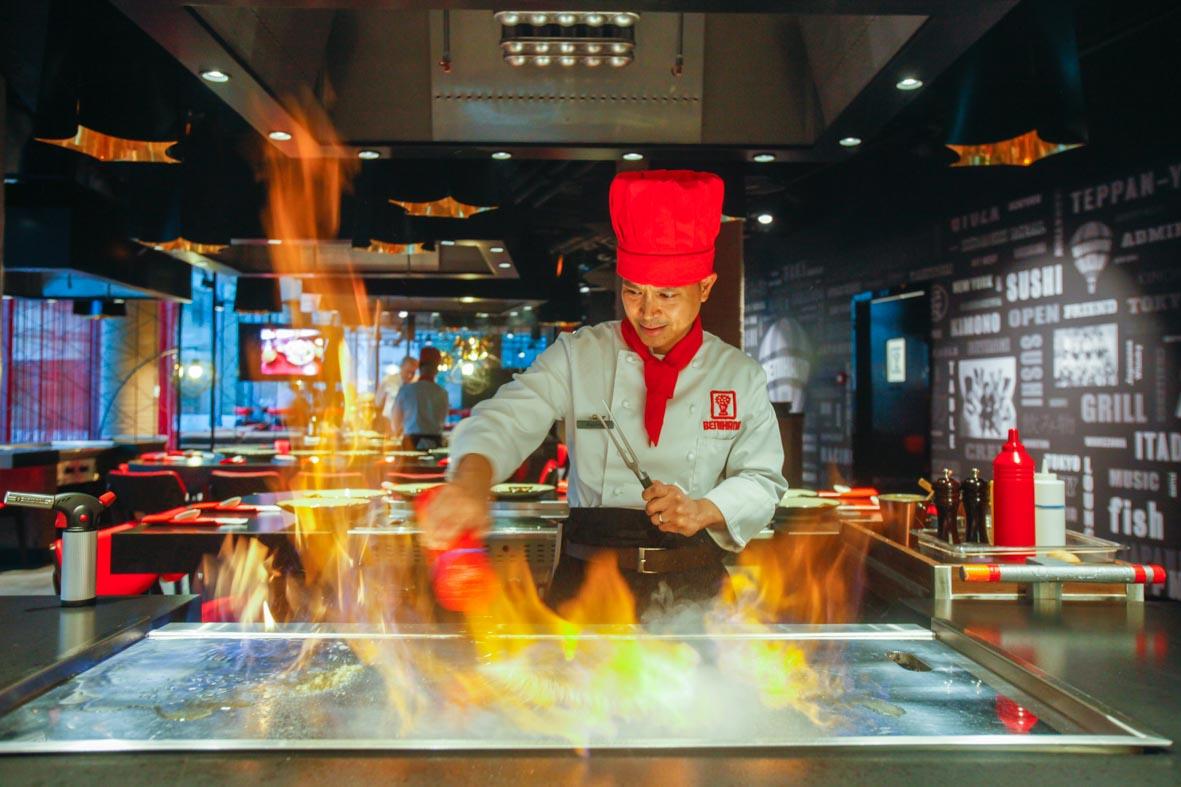Rogalin – oaks and history which you can touch
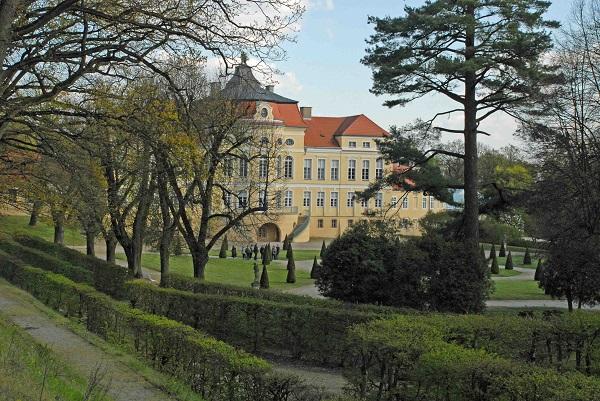
Going to the small village of Rogalin, placed picturesquely on the right bank of the Warta river, we didn't assume that the palace of the Raczyński family would be so impressive. Rogalin, which was counted among the most beautiful places of Wielkopolska, became a centre of political and cultural life in the 70s of the XVII century, when Kazimierz Raczyński, a writer of the crown, the main starost of Wielkopolska, and marshal of the crown in the Stanislaw August Poniatowski court, entertained his guests.
We parked our car in the empty car park and went through the gate. The panache of the courtyard and palace made an impression on us. The compound consists of the main building and two connected outbuildings. Along the courtyards are placed a woodshed, stable, coach house, and servants' quarters.
During the Second World War the palace was the dwelling of a Hitler Youth Movement school, but fortunately there was no lasting damage to the architecture. Its original equipment was heavily depleted. In 1948 this unkempt relic was passed on to the National Museum in Poznań, where an agency was created, which has been working here ever since. The palace compound regained its former glow in recent years with the help of resources of The European Union. It has been possible to visit this place since spring 2015.




